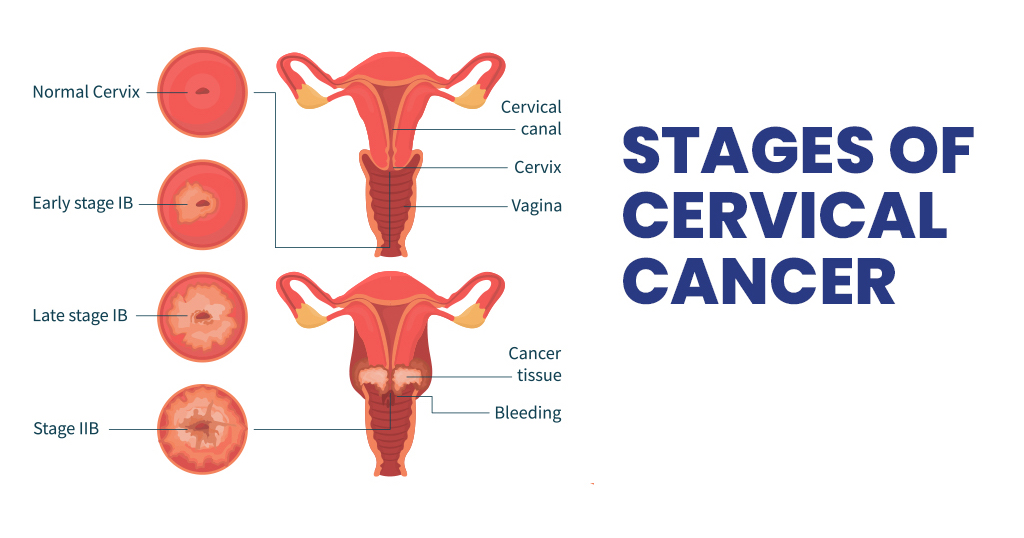Cervical cancer is a disease that affects thousands of women every year, and Cervical cancer stages can significantly impact a woman's life. In this article, we will take an emotional journey through various Cervical cancer stages, helping you understand what every woman should be aware of. Knowledge is power, and by the end of this article, you will have a deeper understanding of Cervical cancer stages.
Stage 0: Carcinoma in Situ (Pre-cancerous stage)
The Stage 0 of Cervical cancer stages
- At this stage, cancer cells are confined to the surface layer of the cervix.
- Emotional Impact: Relief, as it is often detected through regular screenings (Pap smears), providing a chance for early intervention.
The Stage 1 of Cervical cancer stages
- In stage I, cancer has started to invade deeper layers of the cervix but remains localized.
- Emotional Impact: Anxiety and fear may arise as the reality of cancer sets in. However, there is hope as treatment options are often curative at this stage.
The Stage 2 of Cervical cancer stages
- Cancer has now spread beyond the cervix to nearby structures like the upper vagina or the tissues around the uterus.
- Emotional Impact: Overwhelming fear and uncertainty, but also determination to fight the disease. Support from loved ones becomes crucial.
The Stage 3 of Cervical cancer stages
- Cancer has advanced further, spreading to nearby lymph nodes and possibly the lower third of the vagina.
- Emotional Impact: Anxiety about the disease spreading and its implications for fertility and overall health. Emotional support from healthcare providers and support groups can be comforting.
The Stage 4 of Cervical cancer stages
This table provides a concise overview of the physical impact associated with each stage of cervical cancer, helping women understand the progression and potential symptoms they may experience. It's essential to be aware of these physical changes and seek medical attention promptly for early detection and treatment.
- At this stage, cancer may have spread to distant organs such as the lungs, liver, or bones.
- Emotional Impact: Devastation and fear of a challenging journey ahead. Emotional and psychological support is essential for maintaining a positive outlook.
Cervical Cancer Stages and Physical Impacts
| Cervical Cancer Stage | Physical Impact |
|---|---|
| Stage 0: Carcinoma in Situ (Pre-cancerous) |
|
| Stage I: Early Cervical Cancer |
|
| Stage II: Locally Advanced Cervical Cancer |
|
| Stage III: Regional Spread |
|
| Stage IV: Advanced Cervical Cancer |
|
Understanding the emotional rollercoaster that accompanies each stage of cervical cancer is crucial. It's a journey filled with ups and downs, but remember, you are not alone. Early detection through regular screenings, such as Pap smears, increases the chances of catching cervical cancer in its early stages, when treatment is most effective.
Ladies, take control of your health, get screened regularly, and know your body. While the stages of cervical cancer can be emotionally daunting, your resilience and the support of your loved ones can make all the difference. Together, we can fight this disease and raise awareness so that every woman is equipped to face the challenges of cervical cancer head-on. You are strong, and there is hope in every stage of the journey.

Comments
Post a Comment